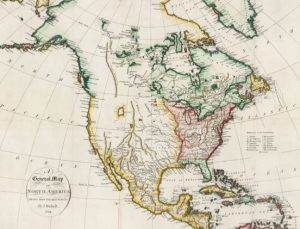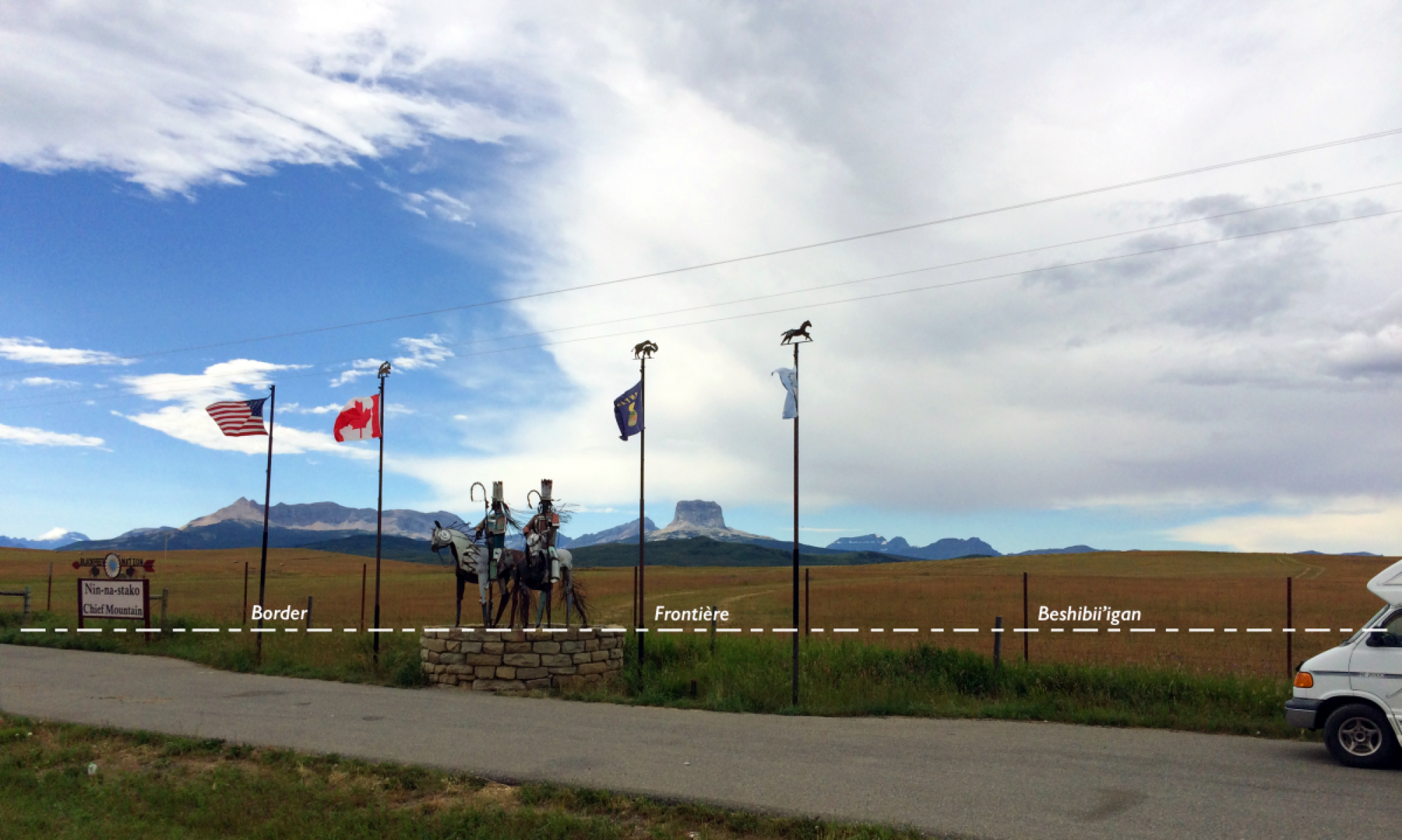Legal Foundations of Native Crossing Rights
Native peoples insist that they have the right to freely cross the US-Canadian border through treaties they signed as sovereign nations with settler colonial governments. The most important treaty is the Treaty of Amity, Commerce, and Navigation, Between His Britannic Majesty and the United States of America in 1794, which is commonly called “Jay Treaty”. The Jay Treaty acknowledged and codified the rights of native nations occupying areas near the US-Canada border, such as the Iroquois Confederacy of Mohawk, Oneida, Onondaga, Cayuga, Seneca, Tuscarora to cross freely. By mentioning Indians as a third party, the treaty also implicitly recognized Indian sovereignty. At the time the Jay Treaty was signed, more than 3/4 of the continent and half of the territory of the United States was still ruled by native nations.

There are several legal issues concerning native crossing rights:
- The Jay Treaty does not define who qualifies as Indian and the governments of the United States and Canada claim the right to determine Indian status. For example, Native American tribal authorities can decide membership, but only the US government confers Indian status using a blood quantum of 50% from a single tribe. This has profound consequences for native people. When members of two different tribes have a child and one of the parents has slightly less than 100% blood quantum, the child will lose their Indian status.
- Because the US territory only reached to about present-day Minnesota at time of treaty signing, some US border officials at times question if the Jay Treaty should apply to border regions that were not part of USA at time of treaty signing.
- The government of Canada refuses to recognize the Jay Treaty because it was signed by the British Crown, which is an entity that preceded the establishment of Canada. A somewhat surprising assertion given the fact that Queen Elizabeth II is Canada’s Head of State and graces their $20-dollar bill.
- Because indigenous sovereignty predates the US and British/Canadian political regimes it is possible to consider the current international borders as temporary interruptions and transgressions of long-standing indigenous rights. Chief Dean Sayers of Batchewana First Nation, Ontario expresses such a view when he calls Canada “the visiting government”.
- For additional information, see the Jay Treaty Border Alliance.
